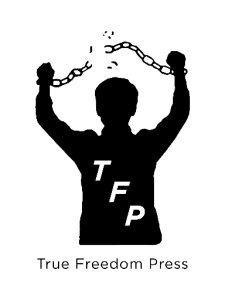Copy Editing

Copy editing versus Proofreading
Thorough review
This is very valuable for spotting both minor and major glitches. Our editors are the last set of eyes to review an author's manuscript. Many authors opt for multiple rounds of book editing, and this round of editing can be extremely beneficial.
Copy editing versus Proofreading
The process of copy editing is where all mistakes are found and corrected. Copy editors carefully examine every word, letter, and punctuation mark and expect to make vital and substantial—yet minor—changes to the manuscript. In contrast, proofreading is the last step of editing, where the document is examined by a pair of objective, knowledgeable eyes. Authors are frequently spared humiliating and trivial errors by proofreaders.
Word choice and syntax review
Copy editing looks at how a writer chooses his or her words and how they fit into the structure and meaning of a sentence. Once the manuscript’s structure is set, our editors carefully go over the words that have been chosen. This is done with a focus on making sure the syntax is correct. This step involves checking other parts of the manuscript, such as sentence structure, transitions, parallelism, sentence variety, and conciseness.
Spelling and punctuation check
This means finding and fixing a wide range of spelling and punctuation mistakes, such as typos, problems with punctuation, and the wrong use of words with the same spelling.
Extensive grammar check
This step makes sure that all grammar mistakes are fixed, such as when the subject and verb don't match up, when the preposition is wrong, or when the verb tense is wrong. Copy editing also includes an in-depth search for comma splices and run-on sentences.

